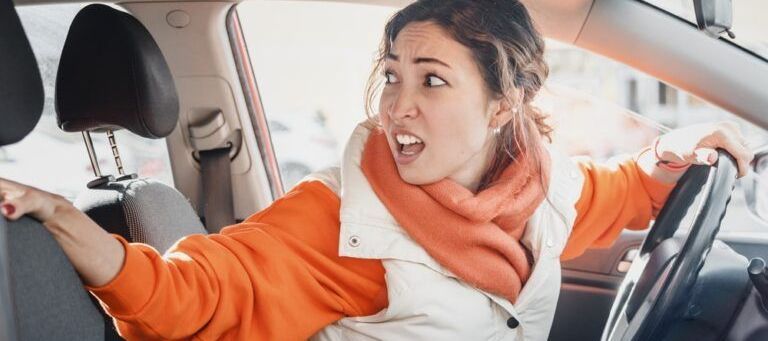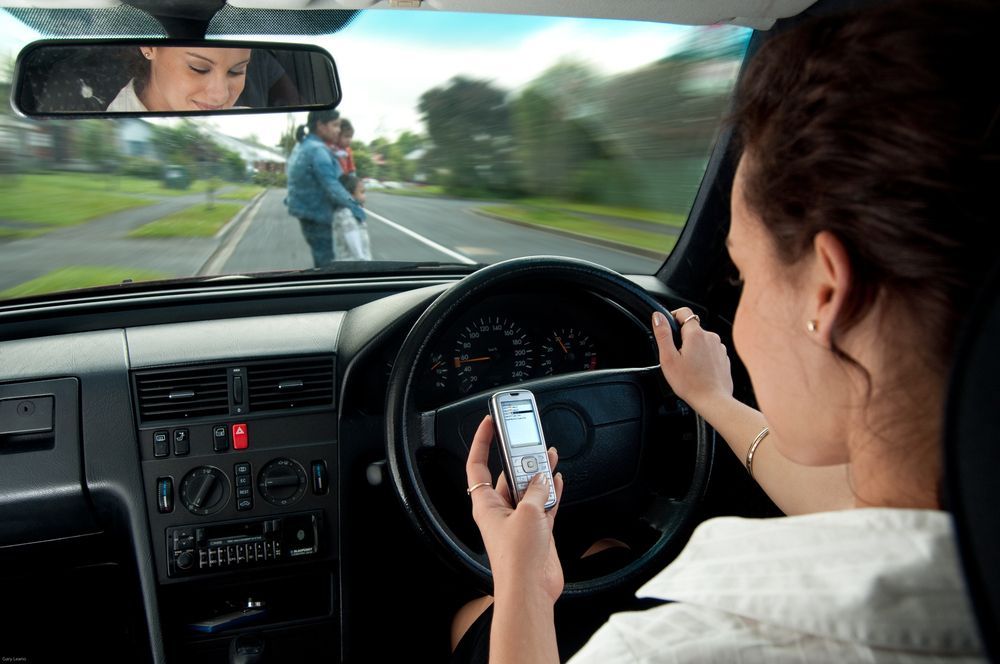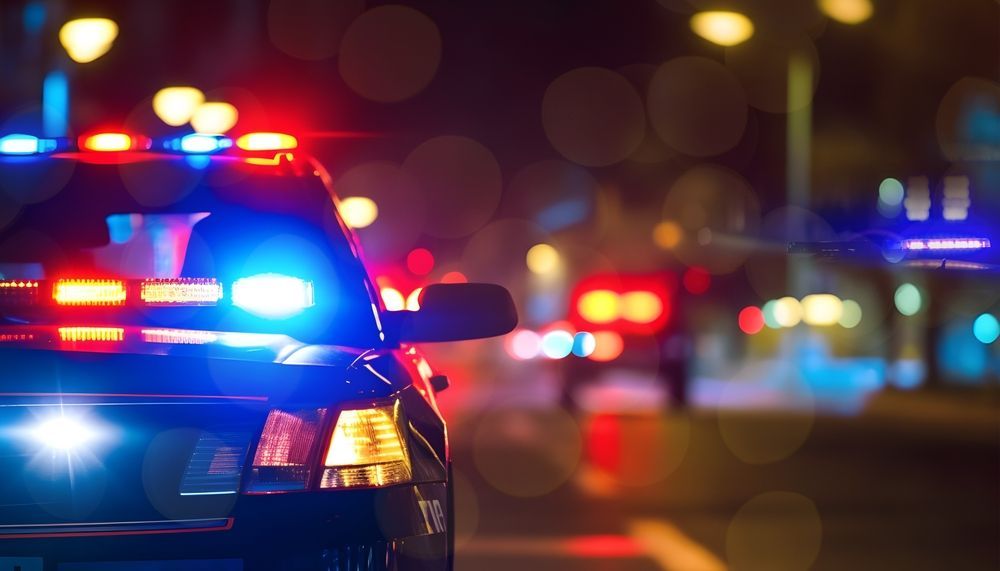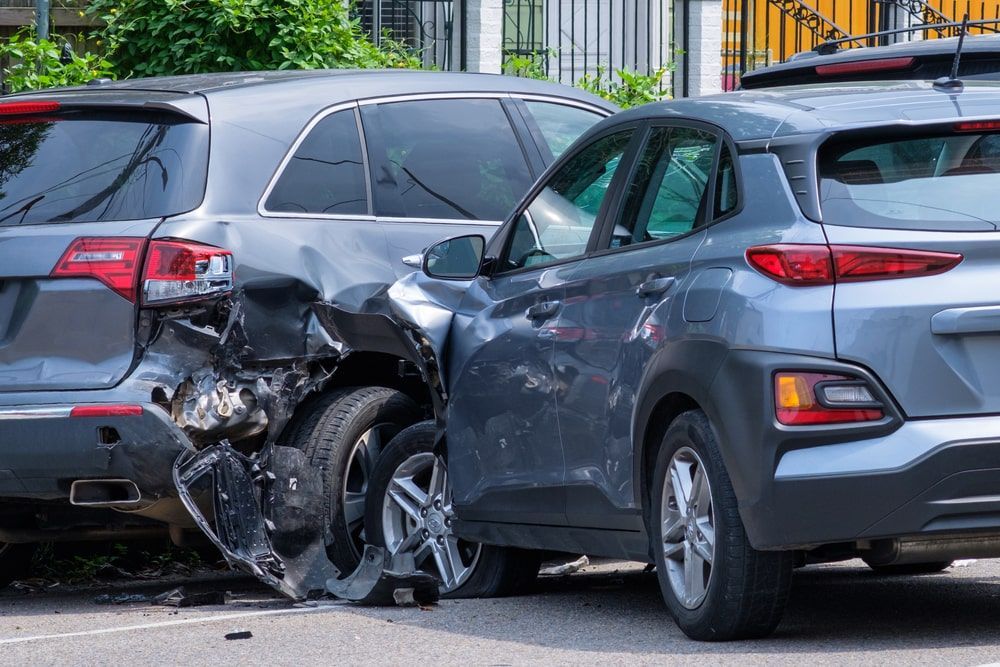Backing-Up Crashes – How They Happen and Who May Be Liable

Backing-up accidents are among the most common types of vehicle collisions, yet they often lead to unexpected injuries and complicated liability issues. These incidents can happen in parking lots, driveways, or even on the street when visibility or attentiveness are compromised. In this post, we’ll break down why these crashes happen, who may be at fault, and what you should do if you’ve been injured in a backing-up accident.
Common Causes of Backing-Up Crashes
Backing-up crashes usually result from a mix of inattention, limited visibility, and environmental factors. Drivers reversing out of parking spaces may have obstructed views, especially in crowded lots or areas with tight spaces. Even when using rearview mirrors or backup cameras, blind spots can still make it challenging to see every hazard. In some cases, drivers might fail to check their surroundings thoroughly, relying solely on technology to alert them to obstacles. External factors, such as poor lighting or weather conditions, can also limit a driver’s ability to see others in their path.
In certain situations, backing-up accidents happen when both parties are reversing simultaneously or when a driver unexpectedly reverses on a road, catching nearby drivers off guard. For pedestrians and cyclists, backing-up accidents can be particularly dangerous since they are less visible to drivers and are often in close proximity in parking lots.
Determining Liability in Backing-Up Accidents
One of the trickiest parts of backing-up accidents is determining liability. In many cases, the driver reversing is presumed at fault because they have the primary duty to ensure their path is clear before moving. However, there are situations where the blame may not be entirely on the reversing driver. For instance, if another driver speeds through a parking lot or disregards stop signs, they might share some liability for not yielding to vehicles reversing from parking spaces.
Multiple factors come into play when determining fault in these incidents. Insurance companies will often review any available surveillance footage, examine eyewitness accounts, and assess the damage to each vehicle. Because these cases can be complex, especially when liability is disputed, it’s essential to seek legal guidance from an experienced car accident attorney in New Orleans who can navigate the nuances of these cases and advocate on your behalf.
Steps to Take After a Backing-Up Accident
If you’re involved in a backing-up accident, taking the right steps can protect your rights and ensure your case is handled properly. Here’s what you should do:
- Stay Calm and Gather Information: Document everything by taking photos of the scene, vehicle positions, and any visible damage. Exchange contact and insurance information with the other driver and collect contact details from any witnesses.
- Report the Accident: Call the police to report the accident. Even if it seems minor, having an official record can be crucial for any future legal or insurance claims.
- Seek Medical Attention: Even if injuries aren’t immediately apparent, consider a medical evaluation. Backing-up accidents can lead to whiplash or other injuries that may not show symptoms right away.
- Consult a Car Accident Attorney: Navigating insurance claims after a backing-up accident can be complicated, particularly if there are disputes over liability. An experienced attorney can help you understand your rights and ensure your claim is fairly evaluated.
Protect Your Rights After a Backing-Up Crash
Backing-up accidents can lead to unexpected injuries and expenses, making it essential to act quickly and carefully. If you’ve been injured in a backing-up crash, don’t leave your case to chance—contact a skilled car accident attorney in New Orleans who understands Louisiana’s laws and can guide you through the claims process. At Lawyer Don, we’re committed to helping you pursue the compensation you deserve. Contact us today for a free consultation and let us fight for your rights.







